Discover UK noise regulations, exposure limits, employer responsibilities, and control measures to protect workers’ hearing and ensure compliance with legal requirements.
Employers Basic Requirements For Noise Exposure Limits
UK Noise Regulations (The Control of Noise at Work Regulations of 2005) states three stages of control regarding noise exposure limits in the workplace. These relate to the levels of exposure to noise of employees average over a specific working day or week and also the maximum noise to which employees are permitted to be exposed within a working day.
A noise risk assessment of the danger to employee hearing must be completed for all employees that are exposed to loud noises at work. This risk assessment must be based on evidence and reliable data, such as measurements of noise in your own premises. All people who assess these risks must be competent to do so and if exposure is above any of the limits summarised below, action must be taken.
The Different Types of Noise
For noise that can gradually, but permanently damage hearing. The noise is added up over a period of time. UK legislation now allows you to average the exposure over a week, instead of a single day. This allows for employees who are exposed to loud noise on only a few days in the week.
For very loud noise that can cause permanent damage immediately, the highest instantaneous (peak) level of sound must be measured. This is usually done when exploding devices such as cartridge operated tools are used, although any very loud percussive sounds may require to be checked.
The Noise Exposure Limits
Lower Exposure Action Values
- Daily or weekly personal exposure of 80 dB(A)
- Peak exposure of 135 dB(A)
Upper Exposure Action Values
- Daily or weekly exposure of 85 dB(A)
- Peak exposure of 137 dB(A)
Both the Upper and Lower Action Values relate to noise levels throughout the workplace without taking the effect of Hearing Protective Devices (HPDs) into account.
Exposure Limit Values
These are also levels of daily noise exposure that must not be exceeded. These do take the effect of HPDs into account and relate to:
- Daily or weekly exposure of 87 dB(A)
- Peak sound pressure of 140 dB(C)
Interpretation and Requirements
The above limits and values are all well and good, but how do we interpret these and what exactly is required at each stage?
Between Exposure Action Values
When a noise level is above the Lower Exposure Action Value, but below the Upper Exposure Action Value, the employer is required to do the following:
- Perform a risk assessment pertaining to risks associated with the health and safety of staff as a result of noise in the workplace (Regulation 5);
- Provide suitable HPDs to employees who wish to use them, but not enforce the use thereof (Regulation 7(1));
- Provide employees with information, instruction and training on current noise levels as well as the risks associated with it.
Above Upper Exposure Action Values
As noise levels increase to above the Upper Exposure Action Value, the responsibility of the employer elevates to the following:
- Personal noise exposure levels should be reduced as far as is reasonably practicable, without the use of HPDs. This can take form of noisy equipment being substituted for quieter tools, noise barriers installed around noise sources or even staff rotation between noisy and quiet operations (Regulation 6(2))
- Where it is impractical to reduce noise levels sufficiently, staff should be provided with adequate HPDs as per Regulation 7(2);
- Based on the results of quantitative measurements, noise maps should be drawn up which clearly indicate Hearing Protection Zones (HPZs) and the areas demarcated accordingly. Any individual, staff or visitors, permanently in the HPZ or just passing through, should be instructed to wear the appropriate HPDs (Regulation 7(3));
- Employees working in the HPZs are required to undertake health surveillance in the form of Audiometric testing.
Above The Exposure Limit Value
When the Exposure Limit Value is reached, the employer is required to reduce noise levels at the ear of employees to below 87dB(A) or 140dB(C).
As mentioned earlier, this does however take the effect of HPDs into account. Therefore, a noise level of 95dB(A) may for example be acceptable, as long as the employer can prove that the provided HPDs provide adequate protection to below at least 87dB(A) or 140dB(C).
The Difference Between dB(A) and dB(C)
What is the difference between the dB(A) and dB(C) values you may ask.
- dB(A) refers to an 8-hour equivalent noise exposure level measured on an A-weighted scale.
- dB(C) on the other hand refers to a peak exposure level measure on the C-weighted scale.
The importance of a peak exposure is that it is an instantaneous noise level and a single occurrence during an entire shift may render a noise exposure above any of the 3 reference values.
As a result an employee may possibly be exposed to a dB(A) personal noise level of 75dB(A) during their shift, but they used a hammer and anvil for a couple of minutes. During the hammer activity a possible peak exposure of 141dB(C) can be recorded, which will then render the employee’s exposure as above the Exposure Limit Value.
Experts In Noise Exposure Limits and Workplace Noise Monitoring
So, where does Cura Terrae come into all this? Cura Terrae can not only assess your employees’ personal exposure levels, we can determine and identify which noise sources are responsible for high exposures, provide detailed octave-band analysis of provided HPDs, recommendations regarding solutions to reduce noise levels or alternative HPDs which may be more suitable.
Cura Terrae also provide Audiometric Testing services for those employees who may require it.
Call us on 01274 738668 or fill out our Cura Terrae Enquiry Form for any queries regarding UKAS Noise Surveys, occupational noise exposure and monitoring, workplace noise regulations, noise exposure limits or any of our many other accredited Environmental and Occupational Hygiene services.







